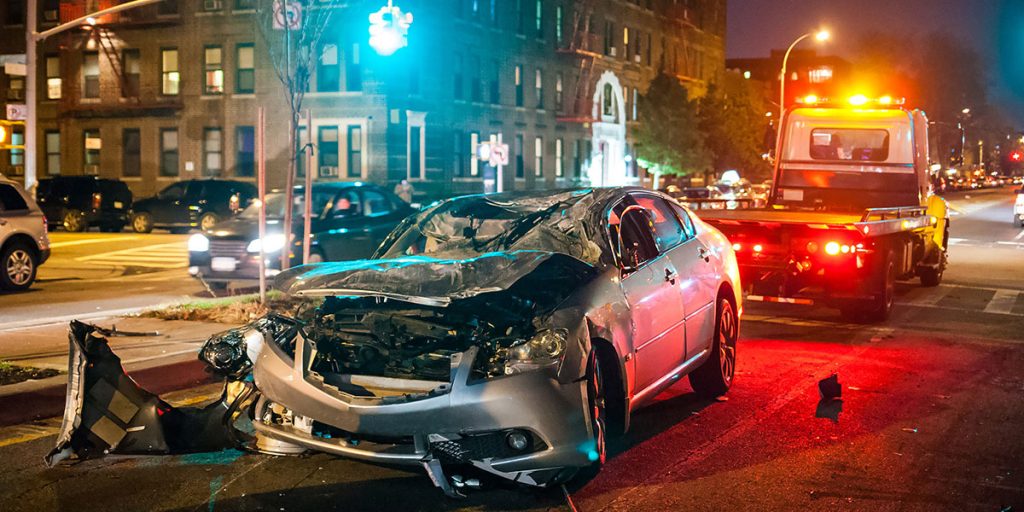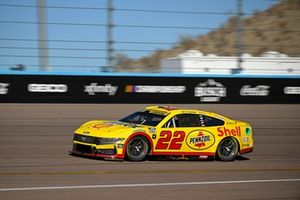

**Comprehending the Legal Differences Between Buzzed and Drunk Driving**
Operating a vehicle while under the influence of alcohol is a serious infraction with potentially severe repercussions. Nonetheless, there is frequently confusion regarding the terminology “buzzed driving” and “drunk driving.” Grasping the legal distinctions between these two can aid individuals in making informed choices and evading legal issues.
**Clarifying Buzzed and Drunk Driving**
1. **Buzzed Driving**: This phrase is commonly utilized to refer to a state of mild intoxication where a person has consumed alcohol but does not perceive themselves as fully impaired. It is marked by a slight decline in judgment and coordination. Legally, buzzed driving is not an acknowledged term, but it usually pertains to driving with a blood alcohol concentration (BAC) below the legal limit.
2. **Drunk Driving**: This is a legally designated term that denotes operating a vehicle with a BAC at or exceeding the legal threshold, which is 0.08% in most areas of the United States. Drunk driving signifies a greater level of impairment, affecting the driver’s capability to operate a vehicle safely.
**Legal Consequences**
– **Blood Alcohol Concentration (BAC)**: The principal legal discrepancy between buzzed and drunk driving lies in the driver’s BAC. Law enforcement employs breathalyzers and blood analyses to determine BAC. A BAC of 0.08% or higher generally results in a DUI (Driving Under the Influence) charge. Nonetheless, drivers with a BAC below 0.08% can still be charged if they demonstrate signs of impairment.
– **Zero Tolerance Laws**: Numerous states enforce zero-tolerance laws for drivers beneath the legal drinking age, meaning any detectable BAC can lead to legal ramifications. This effectively renders any amount of alcohol consumption while driving unlawful for minors.
– **Implied Consent Laws**: By acquiring a driver’s license, individuals agree to BAC testing if suspected of impaired driving. Refusal to comply may result in consequences, including license suspension.
**Repercussions of Buzzed and Drunk Driving**
– **Buzzed Driving**: Although it may not consistently result in a DUI charge, buzzed driving can still result in reckless driving charges, fines, and heightened insurance premiums. It is also hazardous, as even minimal levels of alcohol can impair reaction times and judgment.
– **Drunk Driving**: Convictions for drunk driving carry severe penalties, including fines, license suspension, compulsory alcohol education programs, and possible jail sentences. Repeat offenders encounter harsher penalties, including extended license suspensions and mandatory ignition interlock devices.
**Preventative Strategies**
– **Designated Drivers**: Pre-planning by appointing a sober driver can help prevent both buzzed and drunk driving.
– **Public Transport and Rideshare Services**: Making use of taxis, buses, or rideshare services can offer safe alternatives to driving under the influence.
– **Awareness and Education**: Public awareness initiatives and educational programs underscore the hazards of impaired driving and promote responsible behavior.
**Final Thoughts**
While buzzed driving may appear less serious than drunk driving, both entail significant threats to public safety and carry legal repercussions. Understanding these distinctions and the related legal framework can assist individuals in making responsible decisions and contributing to safer roadways.






